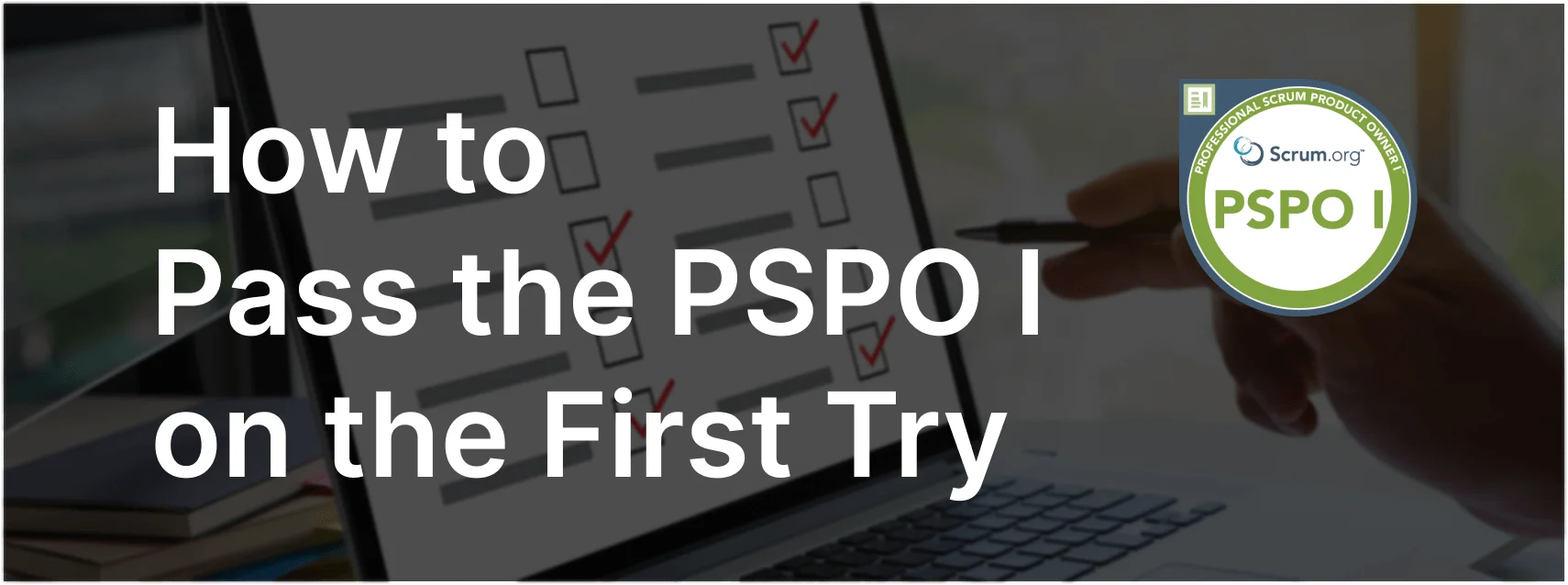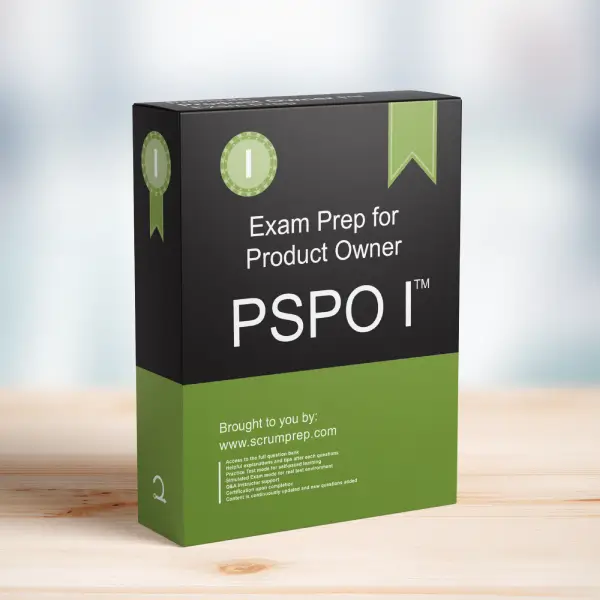Factors for Ordering the Product Backlog
Ordering the Product Backlog effectively is crucial for maximizing the value delivered by the Scrum Team. The Product Owner needs to consider multiple variables to ensure that the backlog is ordered in a way that aligns with the product goals and optimizes value.
Exam Question
What variables should a Product Owner consider when ordering the Product Backlog?
(choose the best answer)
- A. Whatever is most appropriate for the Product Owner to achieve the product’s goals and to optimize the value received
- B. The availability of resources and skills for implementation
- C. Effort first, then value
- D. Lowest development cost in order to maximize ROI
- E. Development cohesion as indicated by the Scrum Team
Correct Answer
A. Whatever is most appropriate for the Product Owner to achieve the product’s goals and to optimize the value received
Explanation
A. Whatever is most appropriate for the Product Owner to achieve the product’s goals and to optimize the value received
Value Optimization: The primary responsibility of the Product Owner is to maximize the value of the product. This involves ordering the Product Backlog in a way that ensures the highest value items are addressed first.
Achieving Goals: The Product Owner must consider the product’s strategic goals and how each backlog item contributes to achieving these goals. This may involve balancing short-term gains with long-term objectives.
Flexibility: The Product Owner needs the flexibility to adjust the order of the Product Backlog based on new information, changing market conditions, and stakeholder feedback to continuously deliver the highest value.
Incorrect Options
- B. The availability of resources and skills for implementation: While resource availability is a factor, it should not be the primary driver for ordering the Product Backlog. The focus should remain on value and achieving product goals.
- C. Effort first, then value: Prioritizing effort over value can lead to suboptimal product outcomes. Value should always be the primary consideration.
- D. Lowest development cost in order to maximize ROI: While cost is an important consideration, it should not overshadow the need to deliver high-value features that meet user needs and business goals.
- E. Development cohesion as indicated by the Scrum Team: While team cohesion and technical dependencies are important, they should be balanced against the need to deliver value and achieve product goals.
Responsibilities in Scrum
- Product Owner: Responsible for ordering the Product Backlog to maximize value, considering factors such as business value, risk, dependencies, and stakeholder input.
- Scrum Master: Facilitates the process and supports the Product Owner in maintaining a clear and prioritized Product Backlog.
- Developers: Provide input on technical feasibility, effort estimates, and dependencies, helping the Product Owner make informed decisions.
Relevance to the PSPO I Exam
Understanding how to order the Product Backlog is critical for the PSPO I exam. This knowledge ensures that Product Owners can effectively prioritize work to deliver the highest value, align with strategic goals, and adapt to changing circumstances.
Key Takeaways
- The Product Owner’s primary goal is to maximize the value of the product by appropriately ordering the Product Backlog.
- Value optimization and alignment with product goals should drive the ordering decisions.
- While other factors like resource availability and development cost are important, they should not take precedence over value and strategic alignment.
Conclusion
Ordering the Product Backlog is a strategic activity that requires balancing multiple factors to ensure the highest value delivery. The Product Owner must focus on what is most appropriate to achieve the product’s goals and optimize value, while also considering input from the Scrum Team and stakeholders. For comprehensive preparation and practice exams, check out PSPO I Exam Prep to enhance your understanding and application of Scrum principles.



